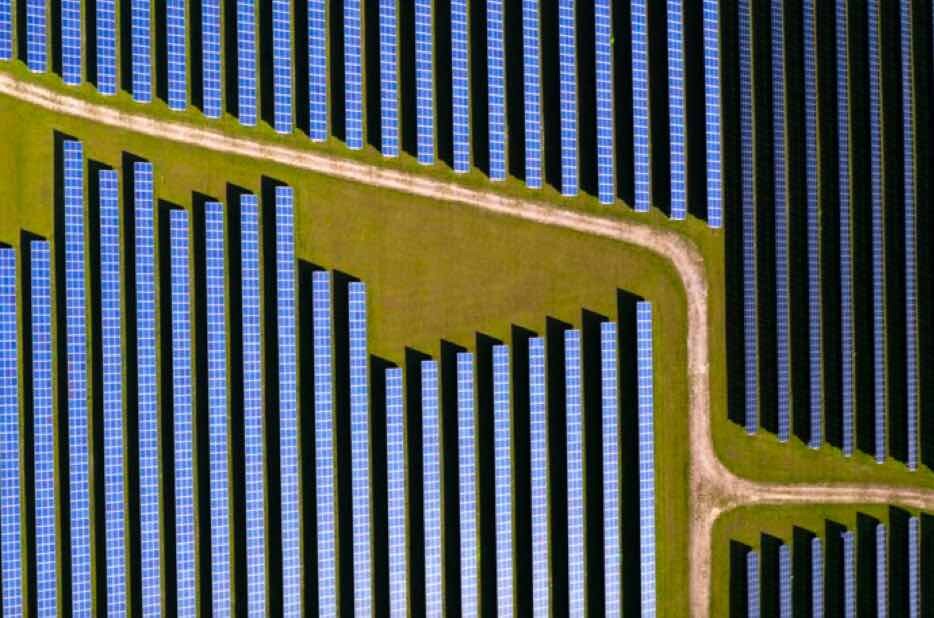The world can transition to 100% wind, solar and storage electricity grids within the coming decade, a new report from a team led by renowned Stanford University futurist Tony Seba has found, causing energy market disruption on a similar scale to the digital disruption of information technology.
The analysis from Seba and his RethinkX team marks the latest of a series of important reports released in recent weeks and months that look at the eye-watering pace of the energy transition and the evolution of the technologies driving it, wind and solar and lithium-ion battery storage – or SWB, as they call it.
“What happened in the world of bits is now poised to happen in the world of electrons,” they write. “Just as computers and the Internet slashed the marginal cost of information and opened the door to hundreds of new business models that collectively have had a transformative impact upon the global economy, so too will SWB slash the marginal cost of electricity and create a plethora of opportunities for innovation and entrepreneurship.”
The key to this disruption, they say, is the near-zero marginal cost of wind and solar. The huge uptake of these ever-cheaper technologies means there will inevitably be more wind and solar produced than needed, but this excess production, which they call “super power”, won’t go to waste; it will be used for long-term storage, electrification of housing and industrial processes and transport.
“Our analysis shows that 100% clean electricity from the combination of solar, wind, and batteries (SWB) is both physically possible and economically affordable across the entire continental United States as well as the overwhelming majority of other populated regions of the world by 2030.
“Adoption of SWB is growing exponentially worldwide and disruption is now inevitable because by 2030 they will offer the cheapest electricity option for most regions. Coal, gas, and nuclear power assets will become stranded during the 2020s, and no new investment in these technologies is rational from this point forward.”
